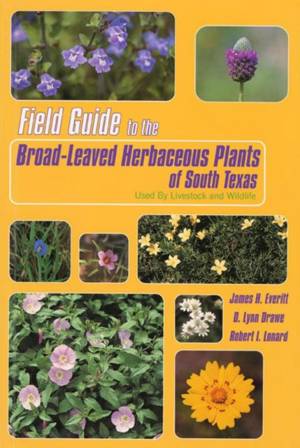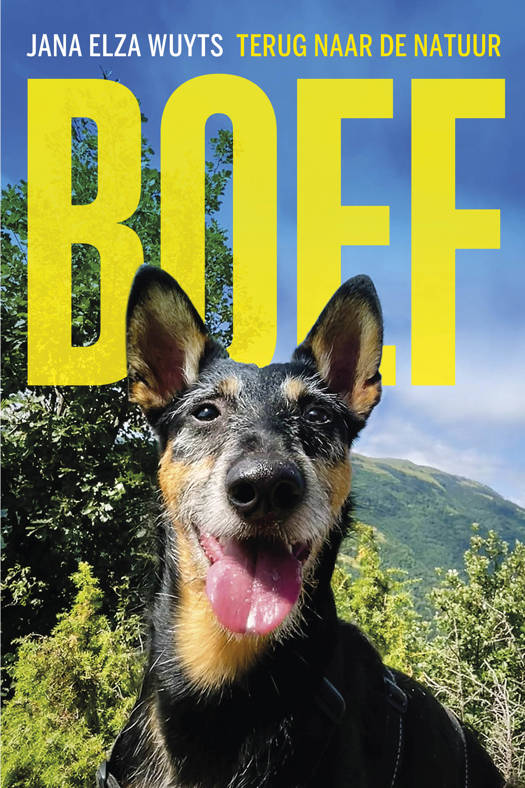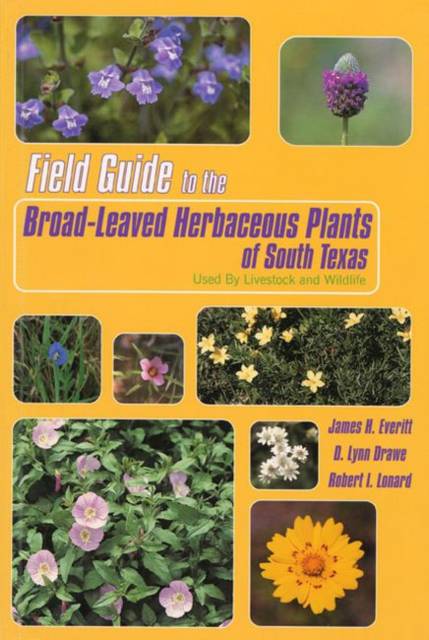
- Afhalen na 1 uur in een winkel met voorraad
- Gratis thuislevering in België vanaf € 30
- Ruim aanbod met 7 miljoen producten
- Afhalen na 1 uur in een winkel met voorraad
- Gratis thuislevering in België vanaf € 30
- Ruim aanbod met 7 miljoen producten
Zoeken
Field Guide to the Broad-leaved Herbaceous Plants of South Texas
Used by Livestock and Wildlife
James H. Everitt, Dale Lynn Drawe, Robert I. Lonard
Paperback
€ 32,45
+ 64 punten
Omschrijving
Broad-leaved herbaceous plants (forbs) belong to a category of plants often overlooked and undervalued by the landowner. These plants include those commonly referred to as wildflowers and weeds. This field guide includes the most commonly encountered plants that are of importance to wildlife, livestock, and man that occur in southern Texas.
Specificaties
Betrokkenen
- Auteur(s):
- Uitgeverij:
Inhoud
- Aantal bladzijden:
- 277
Eigenschappen
- Productcode (EAN):
- 9780896724006
- Verschijningsdatum:
- 30/08/1999
- Uitvoering:
- Paperback

Alleen bij Standaard Boekhandel
+ 64 punten op je klantenkaart van Standaard Boekhandel
Beoordelingen
We publiceren alleen reviews die voldoen aan de voorwaarden voor reviews. Bekijk onze voorwaarden voor reviews.








